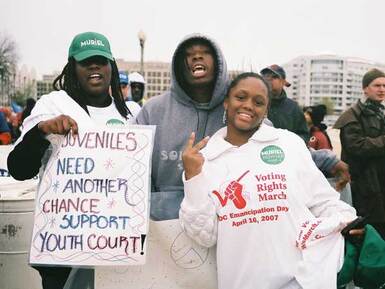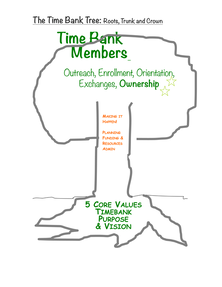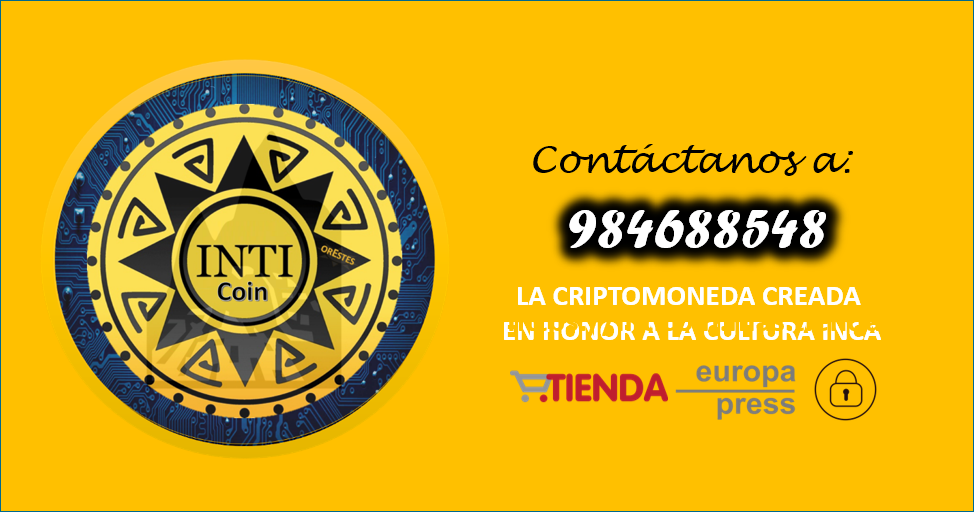|
Protection and Satellite Tracking | © COPYRIGHT 2010 - 2100 - CCI Community Bank | © COPYRIGHT 2010 - 2021 - CCI Community Exchange . ALL RIGHTS RESERVED. - SPONSOR CCTVRADIO Telegram Instagram Facebook Business Twitter Amino Hispalotto (Call Center) Phone: +972 55-508-6132 anexo 637339 E-mail: [email protected] | Phone: +1 515-606-5441 anexo 637339
E-mail: [email protected] | Phone: +51-1-6419465 anexo 637339 E-mail: [email protected] |
|


 RSS Feed
RSS Feed




